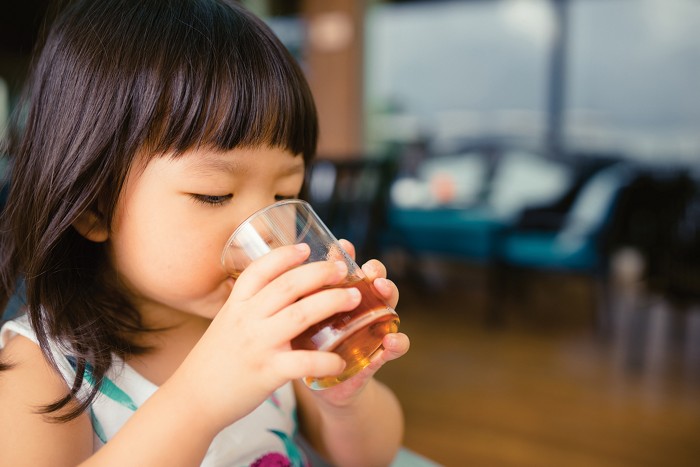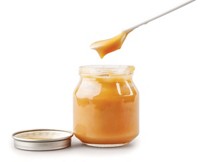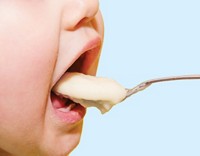Advertisement
Grab your lab coat. Let's get started
Welcome!
Welcome!
Create an account below to get 6 C&EN articles per month, receive newsletters and more - all free.
It seems this is your first time logging in online. Please enter the following information to continue.
As an ACS member you automatically get access to this site. All we need is few more details to create your reading experience.
Not you? Sign in with a different account.
Not you? Sign in with a different account.
ERROR 1
ERROR 1
ERROR 2
ERROR 2
ERROR 2
ERROR 2
ERROR 2
Password and Confirm password must match.
If you have an ACS member number, please enter it here so we can link this account to your membership. (optional)
ERROR 2
ACS values your privacy. By submitting your information, you are gaining access to C&EN and subscribing to our weekly newsletter. We use the information you provide to make your reading experience better, and we will never sell your data to third party members.
Consumer Safety
FDA sets 10 ppb limit for arsenic in apple juice
Consumer advocates push for lower level to protect children
by Britt E. Erickson
June 6, 2023
| A version of this story appeared in
Volume 101, Issue 19

The US Food and Drug Administration has set the recommended limit for inorganic arsenic in apple juice at 10 parts per billion (ppb). The agency published the action level, which is not enforceable, in a final guidance document for industry on June 2.
Arsenic in soil is taken up by some crops, including apples. Both human activities—such as the past use of arsenic-containing pesticides—and naturally occurring arsenic contribute to the total amount of the substance in the environment. Inorganic arsenic is linked to cancer in people and neurodevelopmental effects in children.
The FDA’s final guidance comes 10 years after the agency proposed the 10 ppb action level. Consumer advocates first raised concerns about arsenic in apple juice in 2011.
Since then, the FDA says, it has incorporated new data on inorganic arsenic levels in apple juice, arsenic’s health effects, and manufacturers’ ability to reduce levels below 10 ppb.
“We expect that the 10 µg/kg or 10 ppb action level, though non-binding, will help protect public health by encouraging manufacturers to reduce levels of inorganic arsenic in apple juice and therefore reduce human exposure to inorganic arsenic,” the FDA says in a June 2 notice in the Federal Register. “We also expect that this level is achievable by industry with the use of current good manufacturing practices.”
The advocacy division of Consumer Reports magazine, which sounded the alarm over arsenic in apple juice in 2011 and again in 2018, recommends a limit of 3 ppb based on the latest science. The FDA’s 10 ppb limit “will have minimal impact on public health,” Brian Ronholm, director of food policy at Consumer Reports, says in a statement. “Plus, they waited until a vast majority of the industry was already meeting this level, so this announcement is virtually irrelevant.”





Join the conversation
Contact the reporter
Submit a Letter to the Editor for publication
Engage with us on Twitter